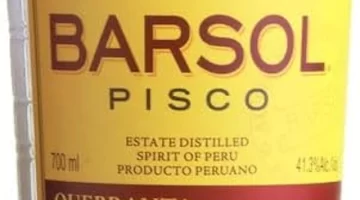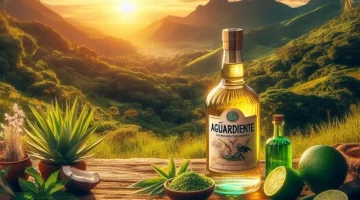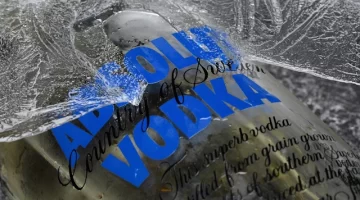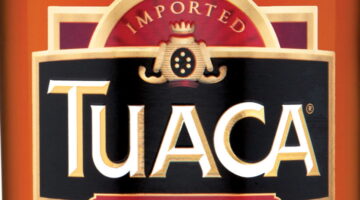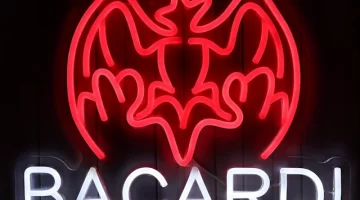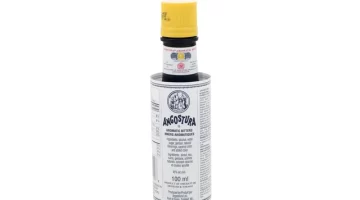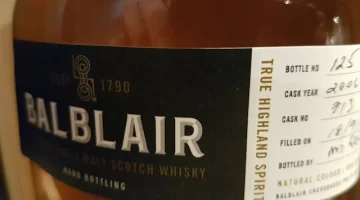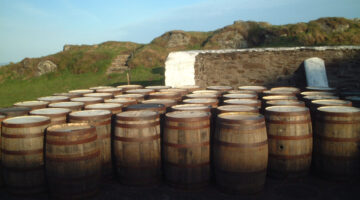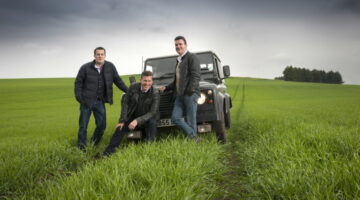Volcan de mi Tierra
Travel Distilled visits the new tequila distillery of Volcan de mi Tierra, sitting in the shadow of the Tequila Volcano in Jalisco, Mexico.
‘We’re looking out now,’ says Trent Fraser, President and CEO of the Volcan de mi Tierra tequila distillery, ‘at the Tequila Volcano.’

I knew there was a town called Tequila, from which the Mexican spirit gets its name, but until visiting the state of Jalisco and the Volcan de mi Tierra distillery, I’d no idea there was also a Tequila Volcano, which is 2,920 meters (9,580 feet) high. Images immediately come to mind of the volcano blowing its top and spewing forth not lava but tequila, whole rivers of the wonderful stuff flowing down the volcano’s slopes.
The volcano is one of the reasons Volcan de mi Tierra is where it is, as Trent explains. ‘When we first set out on this venture 3-4 years ago, we were looking for a distillery that we could buy, rather than build one from scratch. The building was already here, but it needed renovating. It was a small family distillery, though it wasn’t doing very well. I must admit that the impact of seeing the Tequila Volcano against the sky like that made us all react to this place. When the volcano erupted 100,000 years ago, it shaped this entire valley. There’s also a good water supply here, which is of course vital.’

What there wasn’t was a good stock of blue agaves, although as we tour the distillery with our guide Arianna, we see thousands of young agave waiting to be planted. Until they mature in 6-7 years, this new tequila distillery will be buying in blue agaves.
‘We work with seven agave families,’ Arianna says, ‘but we have also bought our own land and have 60,000 baby agaves ready to plant. We did lots of scouting, and took lots of soil samples looking for the best land.’

What’s unusual about Volcan is that they mix both lowland and highland agaves, which they cook in two different ways. The lowland agave cook in a stone oven, the highland agave cook in a pressure oven. Each week they cook 20 tons of highland agave and 60 tons of lowland agave. The lowland agave cooks for 32 hours and the highland agave cooks for 9 hours.
‘The lowland agave grow at about 2000 feet,’ Arianna explains, ‘and the highland agave at about 7000 feet. The lowland agave has more fibre and less water, which produces more herbal flavors, while the highland agave is the other way round which gives you more floral flavors. We do two completely separate processes, one highland and one lowland, and then we blend them, which we think gives us the best of both styles of tequila.’

Fermentation also adds to the two distinctive types as they use a champagne yeast for the lowland agave and a rum yeast for the highlands. They ferment for 72 hours and do two distillations. They use cognac casks and whiskey casks for maturing, and then finally they blend the results.

We visit the tiny bottling plant, where everything is done manually. I try my hand at labelling a bottle and show the local workers they’ve got nothing to fear. Volcan is a small operation so the tour doesn’t take very long, but this leaves more time for a tasting!

Arianna and Trent first pass round boxes which have several unlabelled small bottles in them, which we’re invited to sniff to identify the aroma. This proves surprisingly difficult, trying to identify smells out of context, and I for one am glad to move on to the tasting.

We’re given four glasses to try, to show us what Volcan’s taste is all about. The first glass contains a lowland tequila made using the milling machine process, and it smells of agave, of pepper, and of citrus. These three also come out when you sip the spirit, which is remarkable smooth.
The second glass contains the highland tequila, and is much more floral, but still with a strong smell and taste of citrus. The third glass has another lowland tequila, but this time produced using the traditional tahona maceration process to separate the agave fibre from the agave juice. It was fermented in a wooden tank and has a strong smell and taste of cooked agave.

The fourth glass is where you discover the talents of the blender, as this is Volcan’s final product, a perfect intertwining of lowland and highland tequilas. It tastes as clean as a whistle, a smooth spirit which has both herbal and floral notes, and much less of the agave.
The recipe for their blanco, Trent tells us, was the 177th one they tried. Not till then were they satisfied with the taste. It is as impressive as the sight of the Tequila Volcano towering on the horizon. To highlight its importance, the dimple in the bottom of the Volcan bottle is in the shape of the Tequila Volcano.

More Information
Volcan de mi Tierra launched initially in Mexico but is now available in several US cities, and slowly expanding as it increases its production. For further details see the Volcan de mi Tierra website.
See also my full review of Volcan de mi Tierra Blanco Tequila.
And see my review of their Cristalino Tequila.
All Photos (c) Mike Gerrard for Travel Distilled.
More Information
Volcan de mi Tierra launched initially in Mexico but is now available in several US cities, and slowly expanding as it increases its production. For further details see the Volcan de mi Tierra website.
See also my full review of Volcan de mi Tierra Blanco Tequila.
And see my review of their Cristalino Tequila.
All Photos (c) Mike Gerrard for Travel Distilled.





